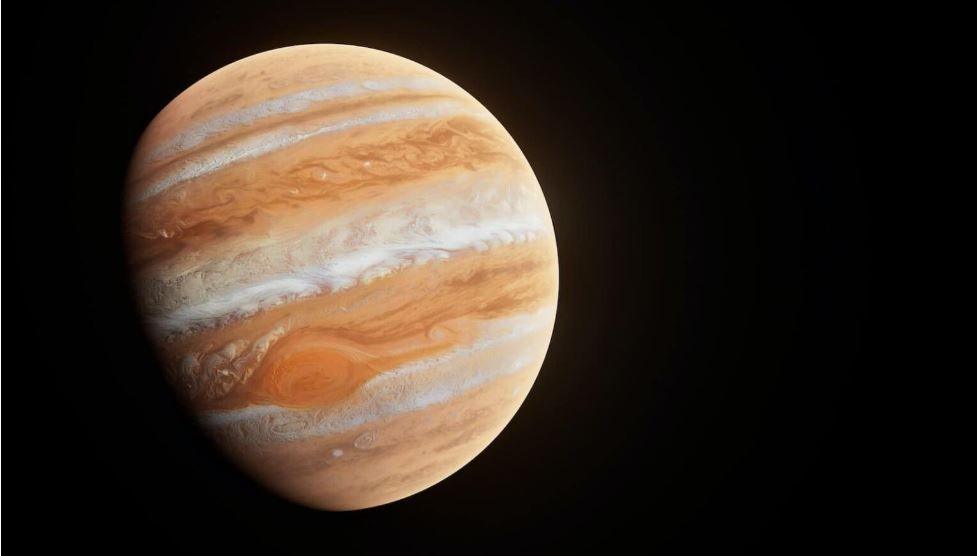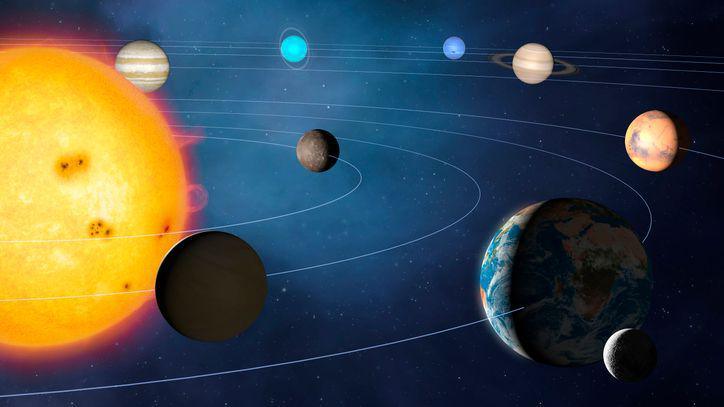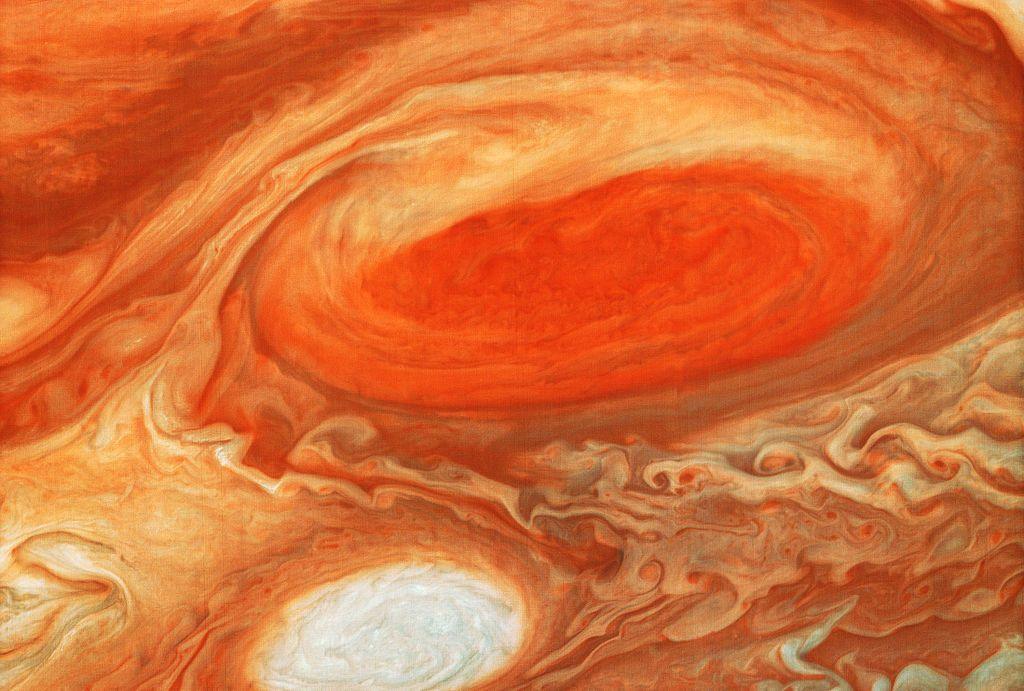Why Jupiter's Great Red Spot might be shrinking...

On this Nasa image, Jupiter's Great Red Spot is visible in the southern part of the planet
- Published
Jupiter's most recognisable feature - its Great Red Spot - is getting smaller.
The Great Red Spot is the biggest, and longest-lasting storm in our Solar System, and has been studied from Earth for around 200 years.
Scientists observing the gas giant planet have noticed that, over the last 100 years, the Spot is shrinking.
Now, a team of scientists from the US have shared the results of a study, which has come up with a possible reason as to why that might be happening.
Jumping Jupiter!
Jupiter's Great Red Spot deeper than first thought!
- Published2 November 2021
Nasa captures spooky 'face' in clouds on Jupiter
- Published3 November 2023
Scientists solve one of Jupiter's big mysteries!
- Published10 July 2021
What is Jupiter like?

These are the planets in our Solar System
Jupiter is the largest planet in the Solar System - it's so big you could fit all the other planets inside it!
More than 1,300 Earths would fit inside Jupiter.
Located in Jupiter's southern hemisphere, the Great Red Spot is a swirling, red-orange storm more than 10,000 miles wide.
It's the fastest spinning planet too, with one day only lasting 10 hours - but a year on Jupiter lasts for 12 Earth years.
Jupiter doesn't have a solid surface and is made up of gas, giving it the name 'gas giant'.
Why is Jupiter's Great Red Spot shrinking?

Here is a close up of Jupiter's Great Red Spot mega-storm
The storm has been shrinking for nearly a century and especially over the past 50 years.
Astronomers don't know precisely when the spot formed, why it formed, or even why it is red.
However, a group of scientists now believe that it got so big by absorbing and pulling in smaller storms.
In a report in the scientific journal Icarus, researchers from Yale University, in the US, show the result of a series of simulations they carried out using 3D computer modelling.
The researchers say what they found suggests that what's happening to the spot is that fewer smaller storms are being absorbed, meaning the big storm is getting smaller.
